In the heart of the bustling Hoan Kiem Lake, Ngoc Son Temple appears like a peaceful oasis, connected to the shore by the distinctive vermillion The Huc Bridge. This is not only a historical relic but also a spiritual destination, preserving unique cultural stories of the capital Hanoi .
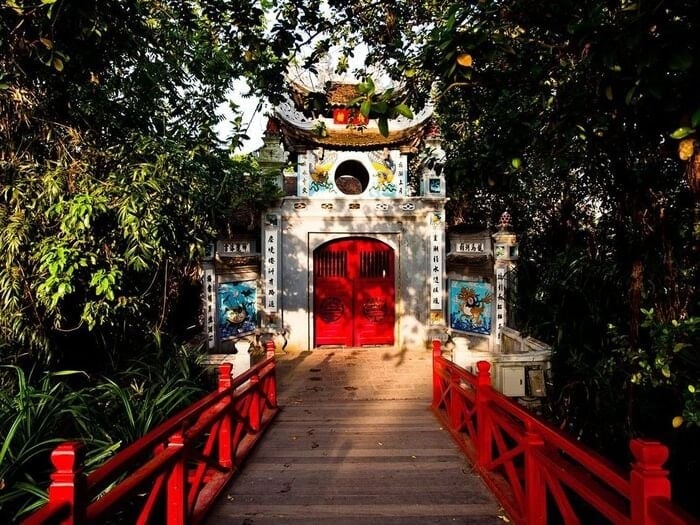
History and spiritual significance
Ngoc Son Temple is the place to worship Hung Dao Dai Vuong Tran Quoc Tuan, a national hero who made great contributions in the resistance war against the Yuan-Mongol army. In addition, the temple also worships Van Xuong De Quan, the god in charge of fame and examinations. This combination of worship, together with the architecture and the system of horizontal lacquered boards and parallel sentences, clearly demonstrates the concept of "Three religions having the same origin" (Buddhism, Taoism, Confucianism) of the ancient Vietnamese.
The history of the temple began during the time of King Ly Thai To when he moved the capital to Thang Long under the name Ngoc Tuong. During the Tran Dynasty, the temple was renamed Ngoc Son, a place to worship martyrs who died in the war against the Yuan-Mongol army. Through many historical events, the temple was built, collapsed and repaired many times, shaping its architectural appearance as it is today.
Unique architecture: From Pen Tower to The Huc Bridge
Ngoc Son Temple relic complex is a harmonious combination of architecture and natural landscape, with many works bearing profound symbolic meaning.
Pen Tower and Inkstand: Symbols of Knowledge
Right at the entrance to the temple, visitors will encounter the Pen Tower, a five-story stone tower built on Ngoc Boi Mountain in 1865. On top of the tower are engraved three Chinese characters "Ta Thanh Thien", meaning "Writing on the blue sky", representing the will and spirit of the intellectual class. Right at the foot of the tower is the Inkstone, a stone inkstone placed on the backs of three toads. At noon, the shadow of the Pen Tower will fall in the middle of the Inkstone, creating a meaningful image.

The Huc Bridge: Red color across the blue water
The Huc Bridge is the only way to the temple, making a strong impression with its bright red paint and soft shrimp-like curve. This wooden bridge is not only a traffic structure but also an architectural symbol, a prominent highlight on the surface of Hoan Kiem Lake. Standing on the bridge, visitors can admire the whole view of the lake and feel the fresh, peaceful air.

Space inside the temple
Crossing The Huc Bridge is the main temple area. Inside are two main shrine areas, where the statue of Saint Tran Hung Dao and the statue of Van Xuong De Quan are located. The interior architecture has the typical features of Northern pagodas, with a solemn and ancient space. This is where people and tourists often come to pray for peace, luck and success in their studies and careers.
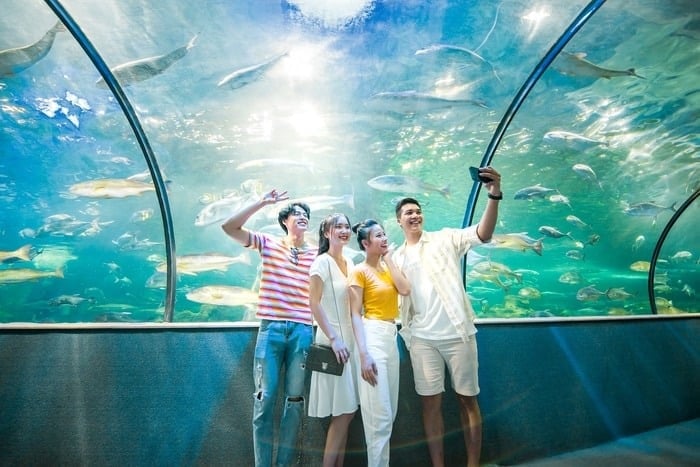
Information needed for the tour
To have a complete tour at Ngoc Son Temple, you can refer to the following information:
- Address: Dinh Tien Hoang Street, Hang Trong Ward, Hoan Kiem District, Hanoi.
- Entrance fee: 50,000 VND/adult. Children under 15 years old are free.
- Getting there: You can easily get to the temple by motorbike, car or bus. Some bus routes that stop near this area include routes 08, 14, 31, 36.
- Note: On weekends, the area around Hoan Kiem Lake is a pedestrian street, and vehicles are prohibited. If you visit during this time, you need to park your vehicle at the parking lot outside and walk in.
Some notes when visiting
- When to visit: Autumn and spring are the two most pleasant seasons to visit Hanoi and Ngoc Son Temple. The temple is usually crowded on the 1st and 15th of every month.
- Dress: Because it is a solemn place of worship, you should choose polite and discreet clothing when entering the temple.
- Behaviour: Keep order, speak softly and avoid the main entrance when entering the temple area. Limit photography in the main worship areas to show respect.
Source: https://baolamdong.vn/den-ngoc-son-kham-pha-oc-dao-binh-yen-giua-long-ha-noi-402364.html



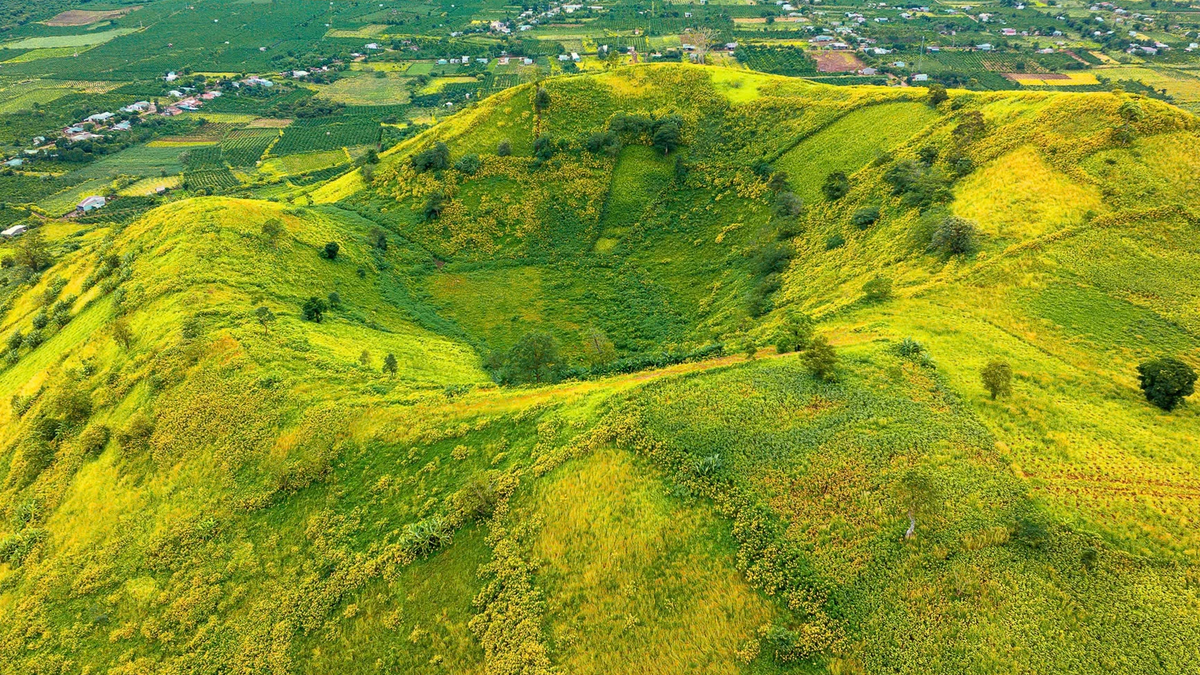


![[Photo] General Secretary To Lam visits Long Thanh International Airport Project](https://vphoto.vietnam.vn/thumb/1200x675/vietnam/resource/IMAGE/2025/11/13/1763008564398_vna-potal-tong-bi-thu-to-lam-tham-du-an-cang-hang-khong-quoc-te-long-thanh-8404600-1261-jpg.webp)



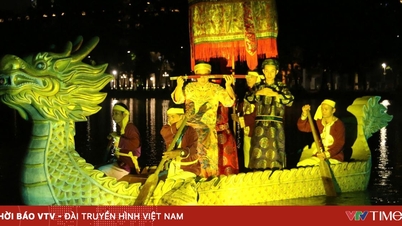



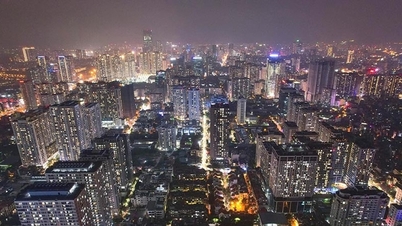











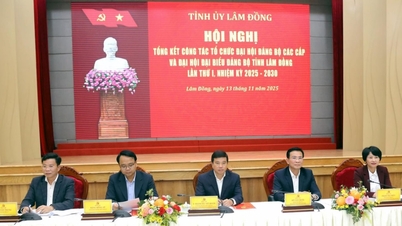

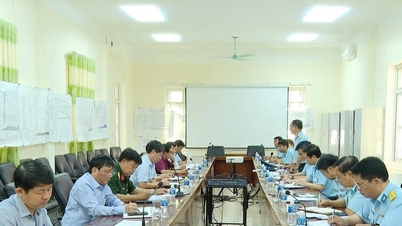







































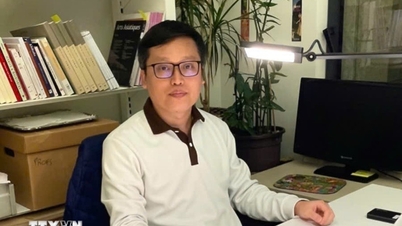


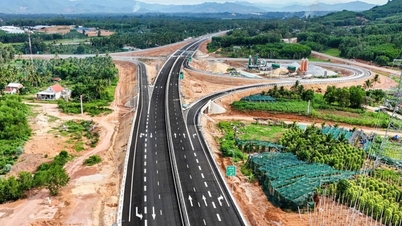

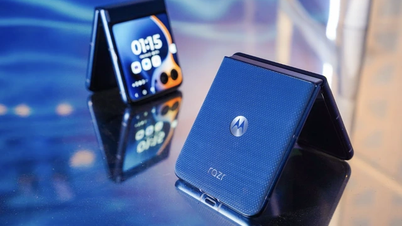



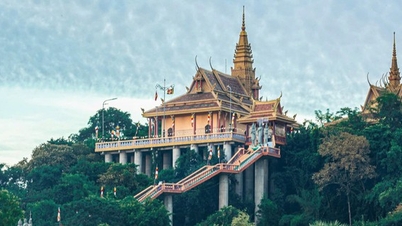

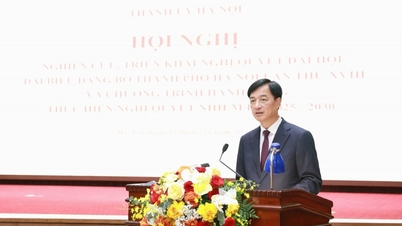






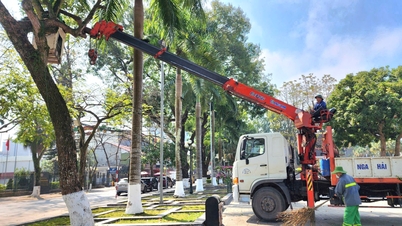


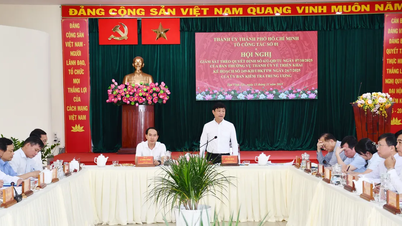
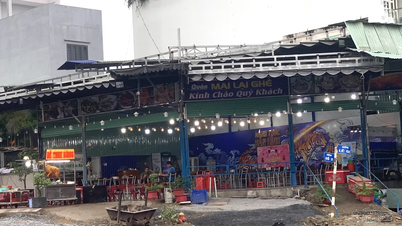
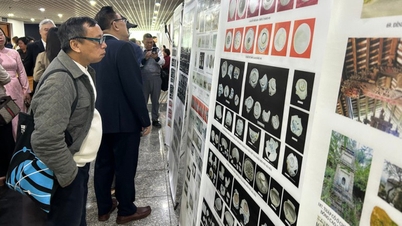






![Dong Nai OCOP transition: [Article 3] Linking tourism with OCOP product consumption](https://vphoto.vietnam.vn/thumb/402x226/vietnam/resource/IMAGE/2025/11/10/1762739199309_1324-2740-7_n-162543_981.jpeg)



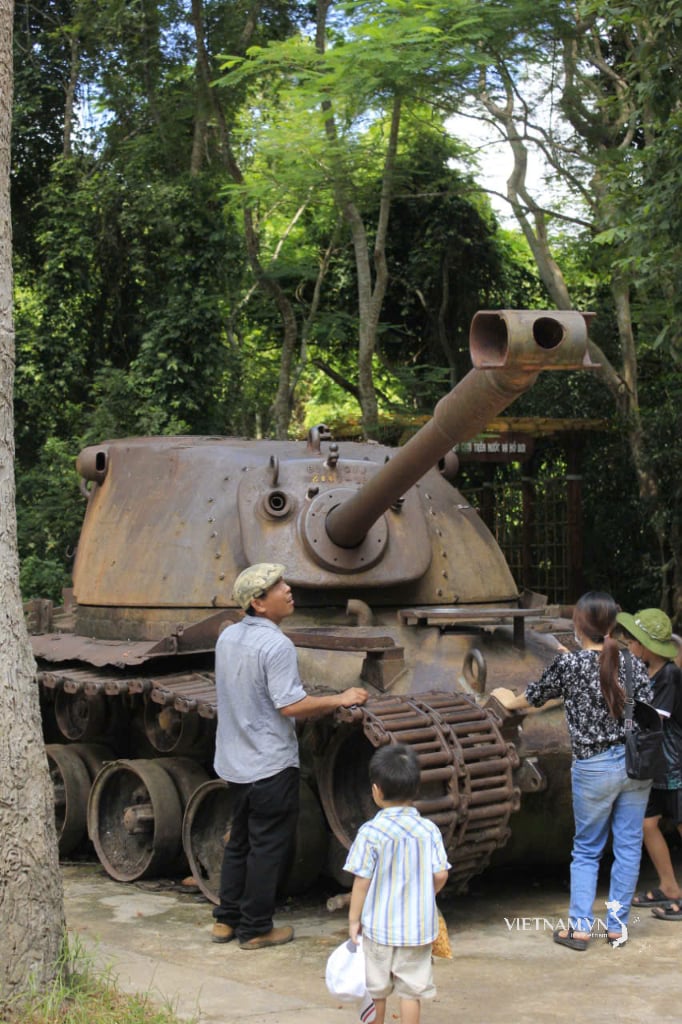



Comment (0)